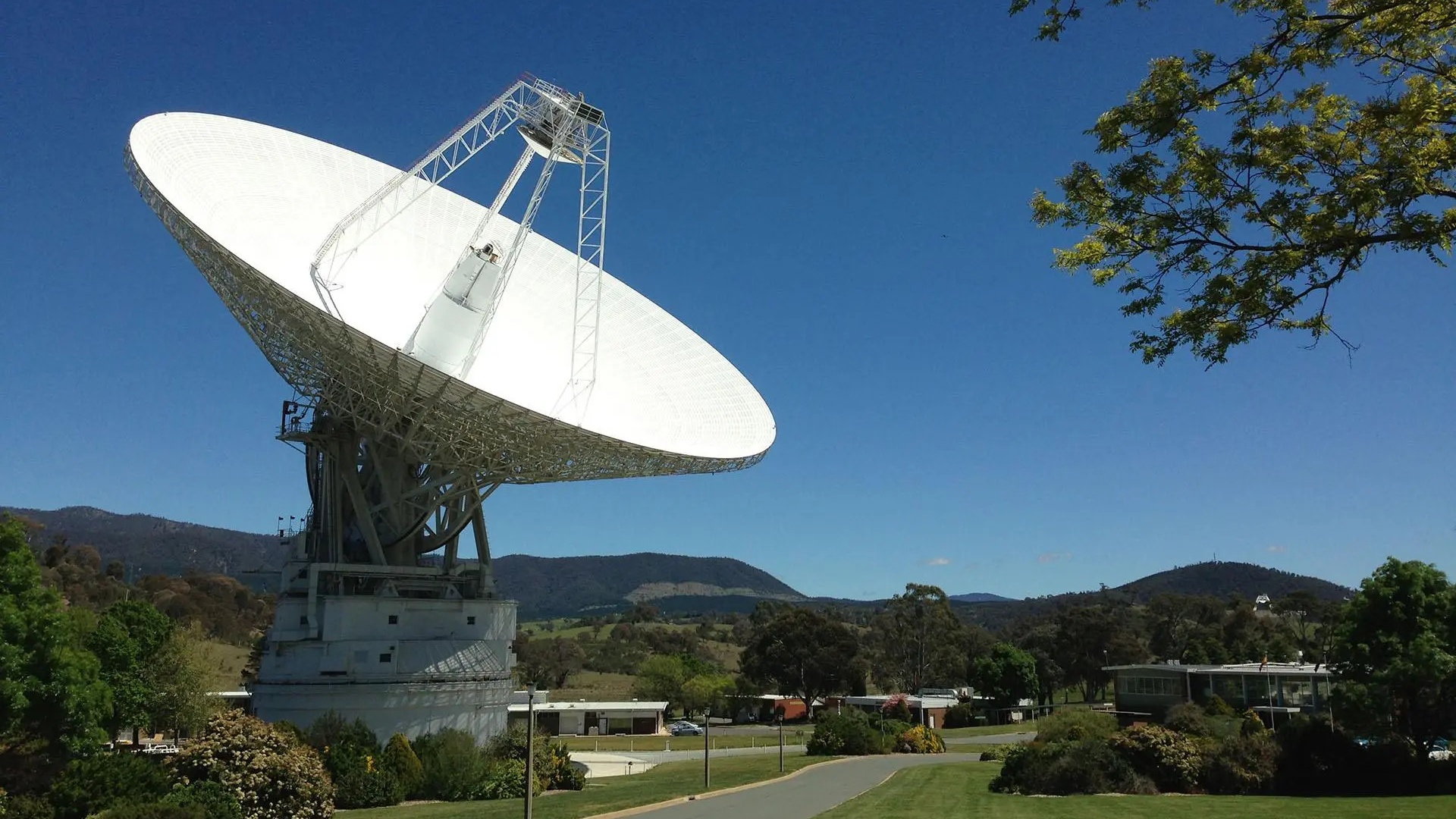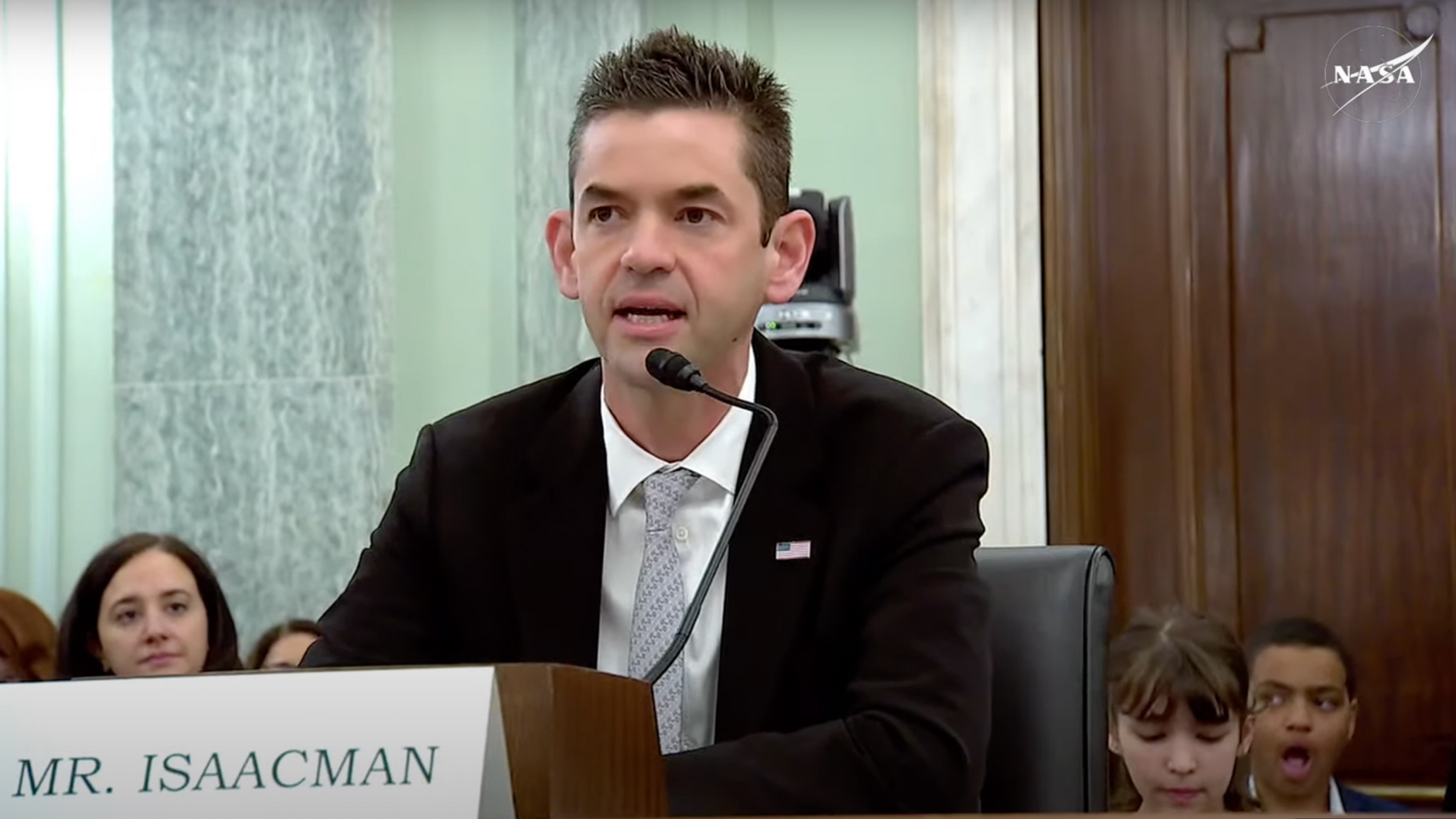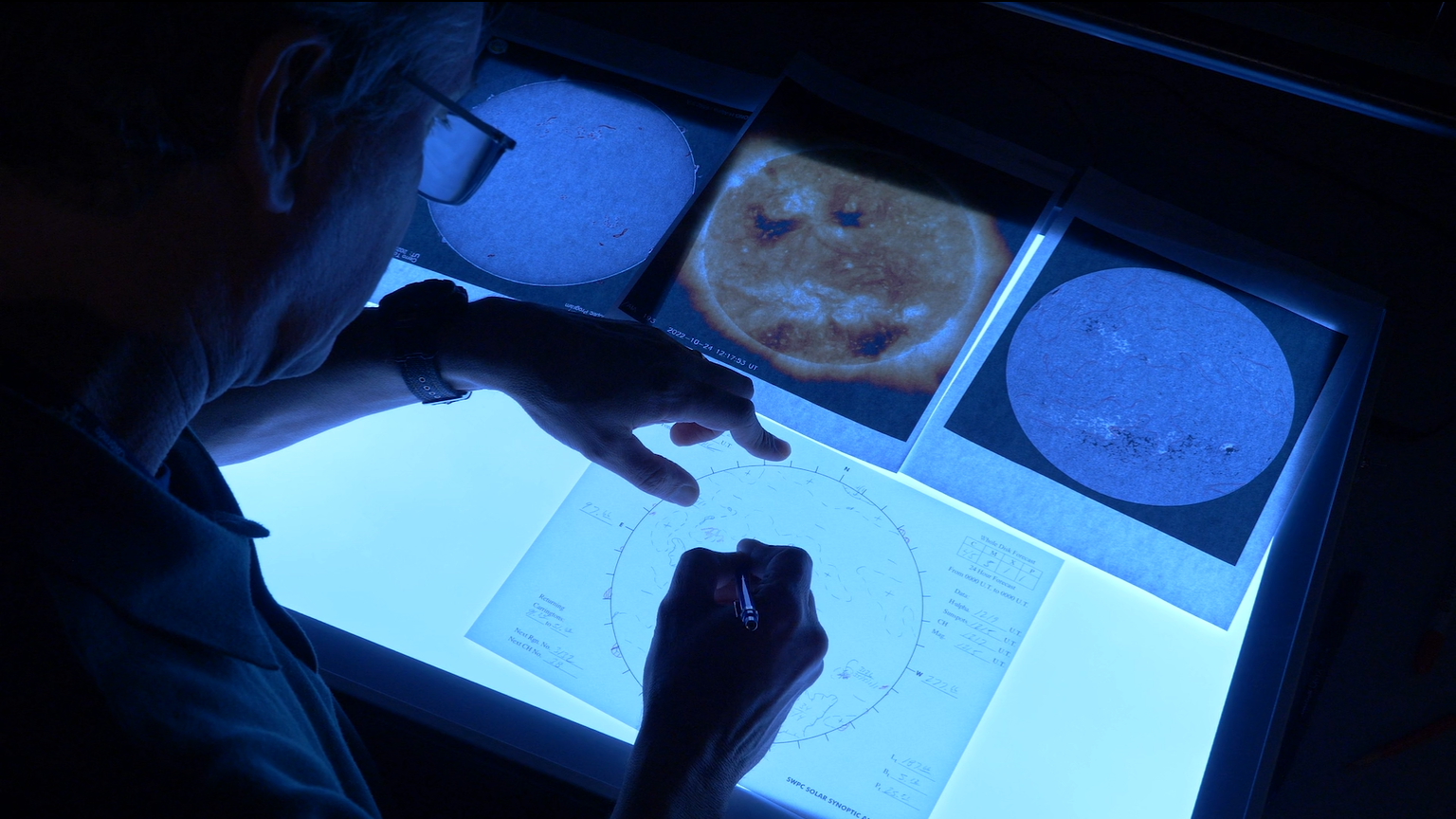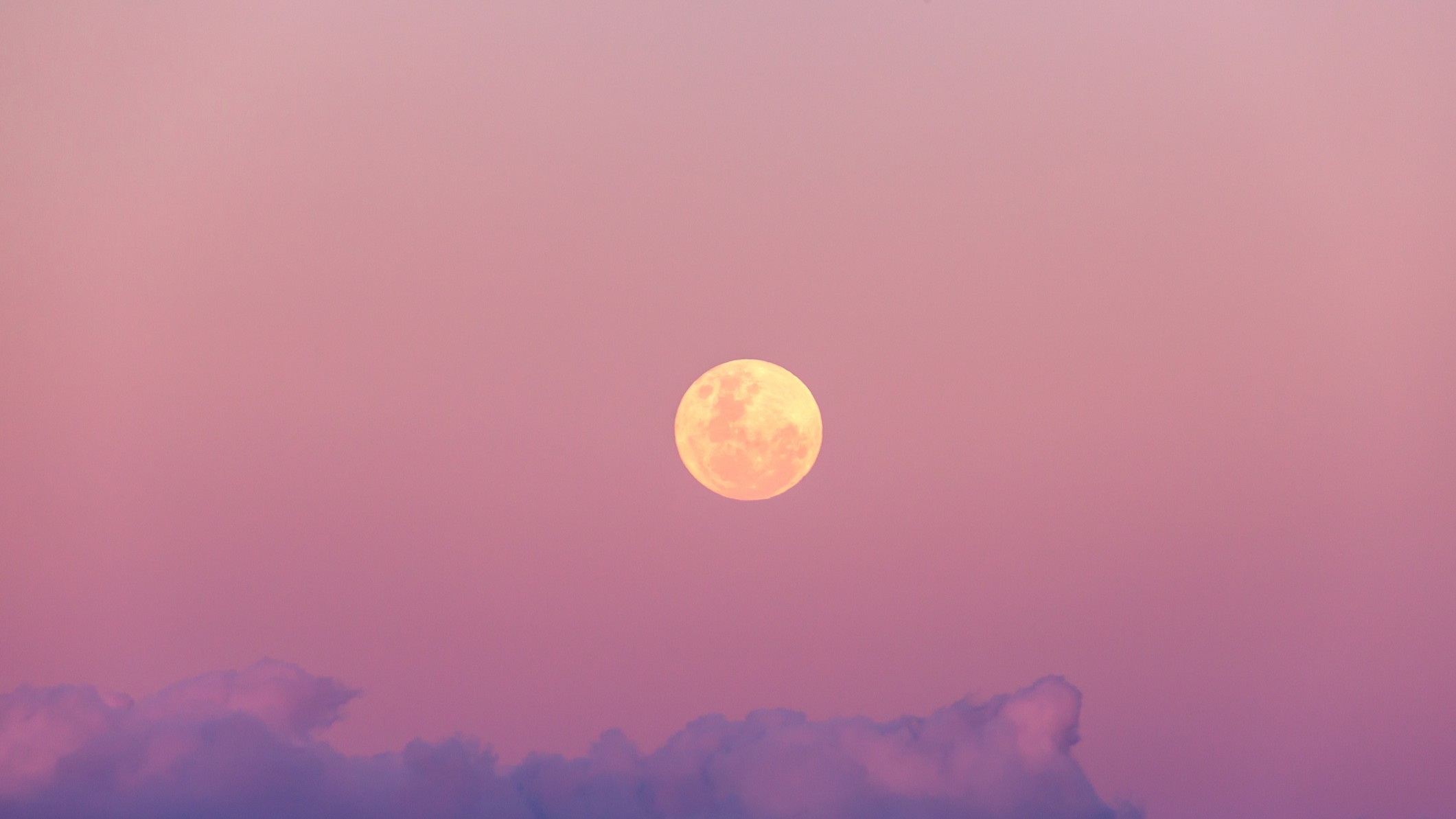Zoom Through the Famous Orion Nebula with NASA's Incredible 3D Video
Take a tour of one of the most famous star-forming gas clouds in the night sky, the Orion Nebula, with a new, 3D visualization released by NASA.
In this short video, viewers slip through the colorful clouds, bright stars and detailed structures of the popular nebula. The visualization was created using real data from the Hubble and Spitzer space telescopes, combined with "Hollywood techniques," according to a statement from the Space Telescope Science Institute (STScI), which co-produced the video.
The creators of the video said in the statement that they hope the visualization will give viewers a better idea of the 3D structure of the star-forming region. For example, the Trapezium star cluster in the heart of the nebula includes a bowl-shaped valley carved out by intense ultraviolet radiation and "winds" from new stars. The complete topology of that region isn't visible in 2D images. [The Splendor of the Orion Nebula (Photos)]
"Astronomers and visualizers worked together to make a three-dimensional model of the depths of this cavernous region, like plotting mountains and valleys on the ocean floor," according to the statement. "Colorful Hubble and Spitzer images were then overlaid on the terrain."
The movie occasionally switches between images taken by the two separate telescopes. The Hubble space telescope captures light in the visible range seen by humans, as well as longer and shorter wavelengths in the ultraviolet and near-infrared ranges. The Spitzer space telescope captures light in the mid-infrared to far-infrared range, capturing objects and structures that are lower in temperature than what Hubble sees. But scientists can create visible representations of the data, revealing structures that would otherwise be invisible to humans.
"Looking at the universe in infrared light gives striking context for the more familiar visible-light views," Robert Hurt, a lead visualization scientist at the Infrared Processing and Analysis Center (IPAC) at the California Institute of Technology (Caltech), said in the statement. "This movie provides a uniquely immersive chance to see how new features appear as we shift to wavelengths of light normally invisible to our eyes."
Get the Space.com Newsletter
Breaking space news, the latest updates on rocket launches, skywatching events and more!
The two telescopes provide 2D images of cosmic objects, so the creators had to rely on both "scientific knowledge and scientific intuition" to create the 3D tour. Summer and Hurt "worked with experts to analyze the structure inside the nebula," using visible light to create the surfaces, and infrared light to construct much of the nebula's structure.
"Being able to fly through the nebula's tapestry in three dimensions gives people a much better sense of what the universe is really like," Frank Summers, the STScI visualization scientist who led the team that developed the movie, said in the statement.
The visualization was created by scientists at STScI and Caltech/IPAC as part of NASA's Universe of Learning program. The program uses a "direct connection" to NASA science and scientists, to create content that "[enables] youth, families, and lifelong learners to explore fundamental questions in science, experience how science is done, and discover the universe for themselves."
Follow Calla Cofield @callacofield. Follow us @Spacedotcom, Facebook and Google+. Original article on Space.com.
Join our Space Forums to keep talking space on the latest missions, night sky and more! And if you have a news tip, correction or comment, let us know at: community@space.com.

Calla Cofield joined Space.com's crew in October 2014. She enjoys writing about black holes, exploding stars, ripples in space-time, science in comic books, and all the mysteries of the cosmos. Prior to joining Space.com Calla worked as a freelance writer, with her work appearing in APS News, Symmetry magazine, Scientific American, Nature News, Physics World, and others. From 2010 to 2014 she was a producer for The Physics Central Podcast. Previously, Calla worked at the American Museum of Natural History in New York City (hands down the best office building ever) and SLAC National Accelerator Laboratory in California. Calla studied physics at the University of Massachusetts, Amherst and is originally from Sandy, Utah. In 2018, Calla left Space.com to join NASA's Jet Propulsion Laboratory media team where she oversees astronomy, physics, exoplanets and the Cold Atom Lab mission. She has been underground at three of the largest particle accelerators in the world and would really like to know what the heck dark matter is. Contact Calla via: E-Mail – Twitter









